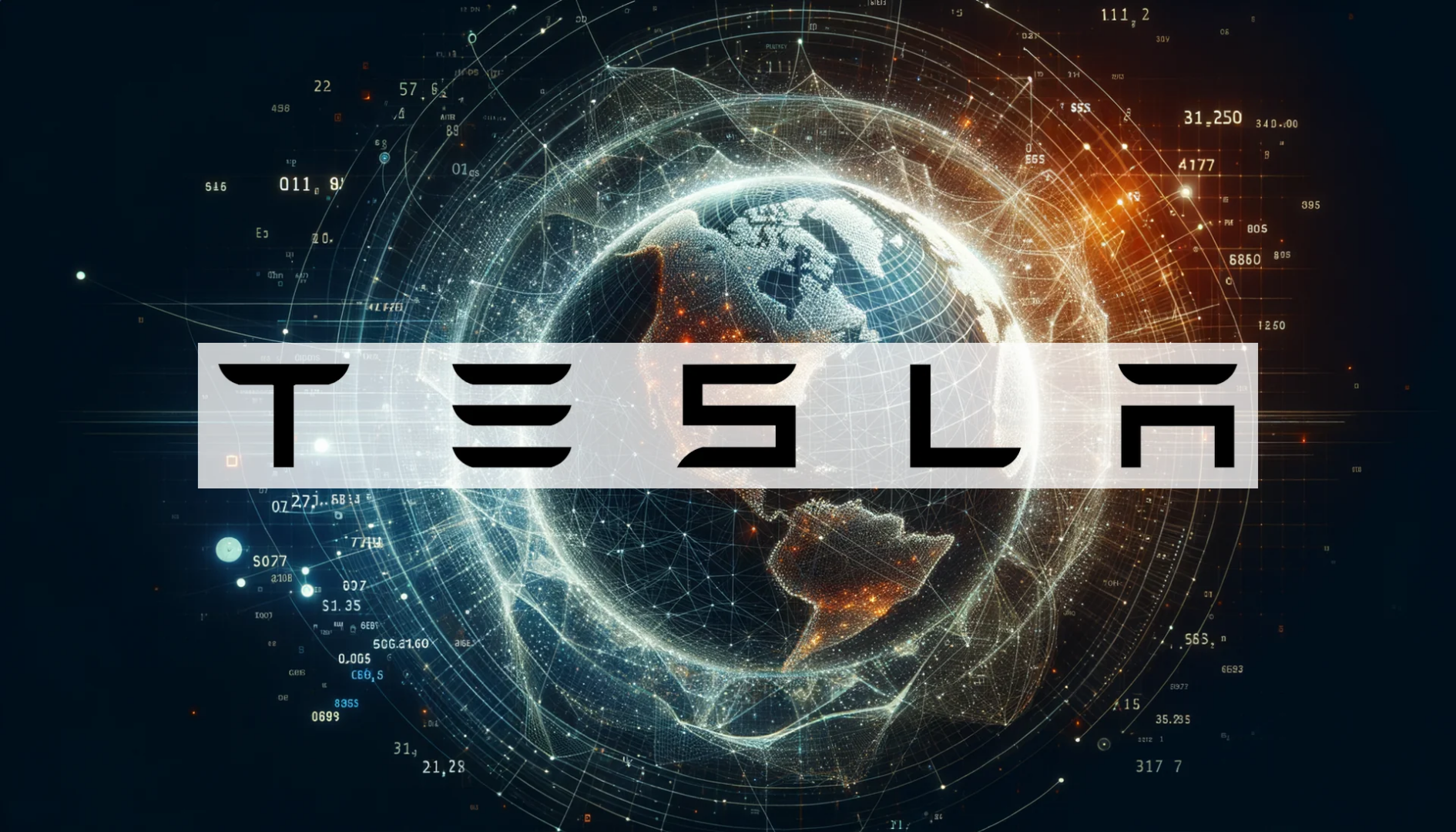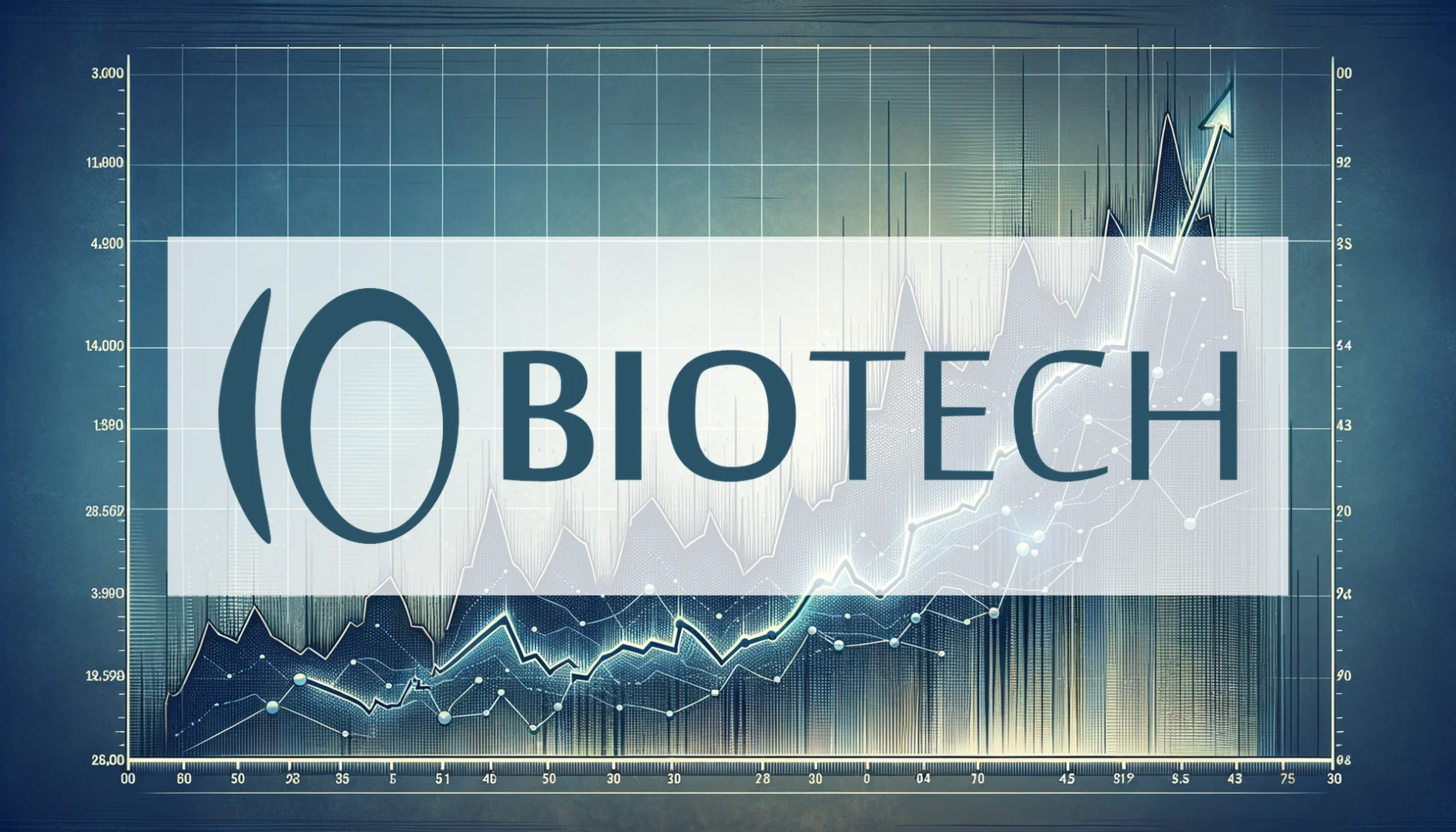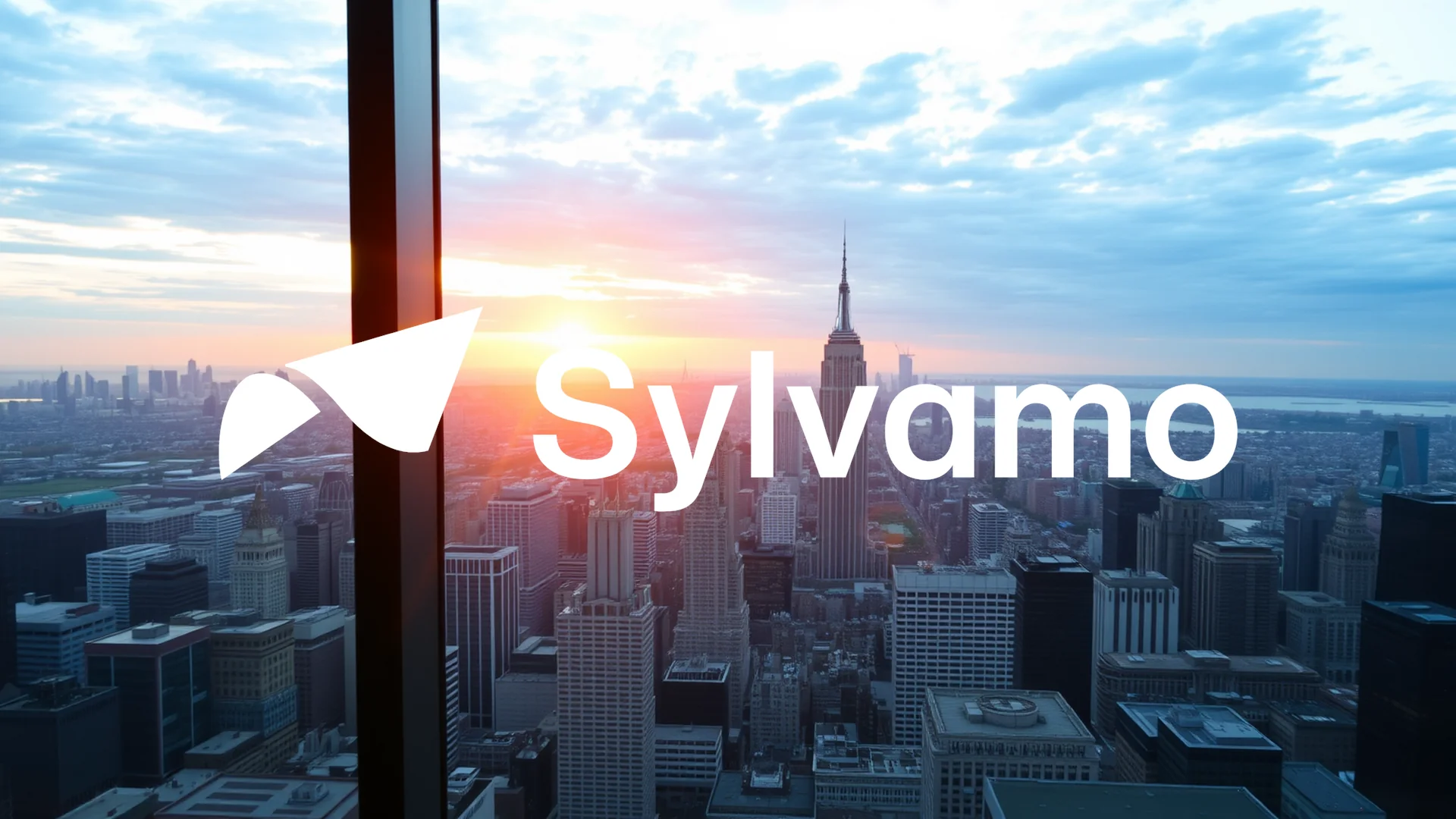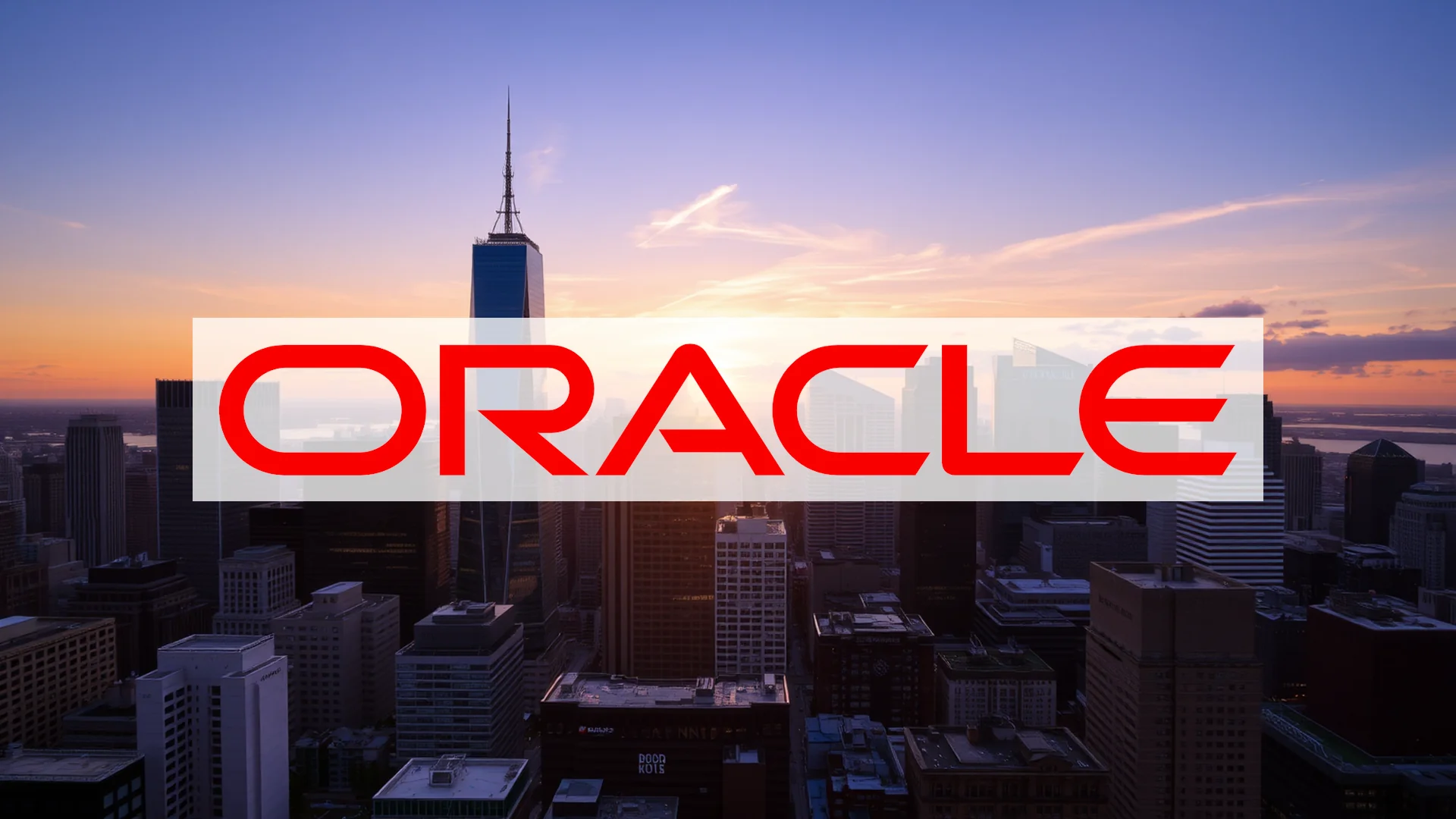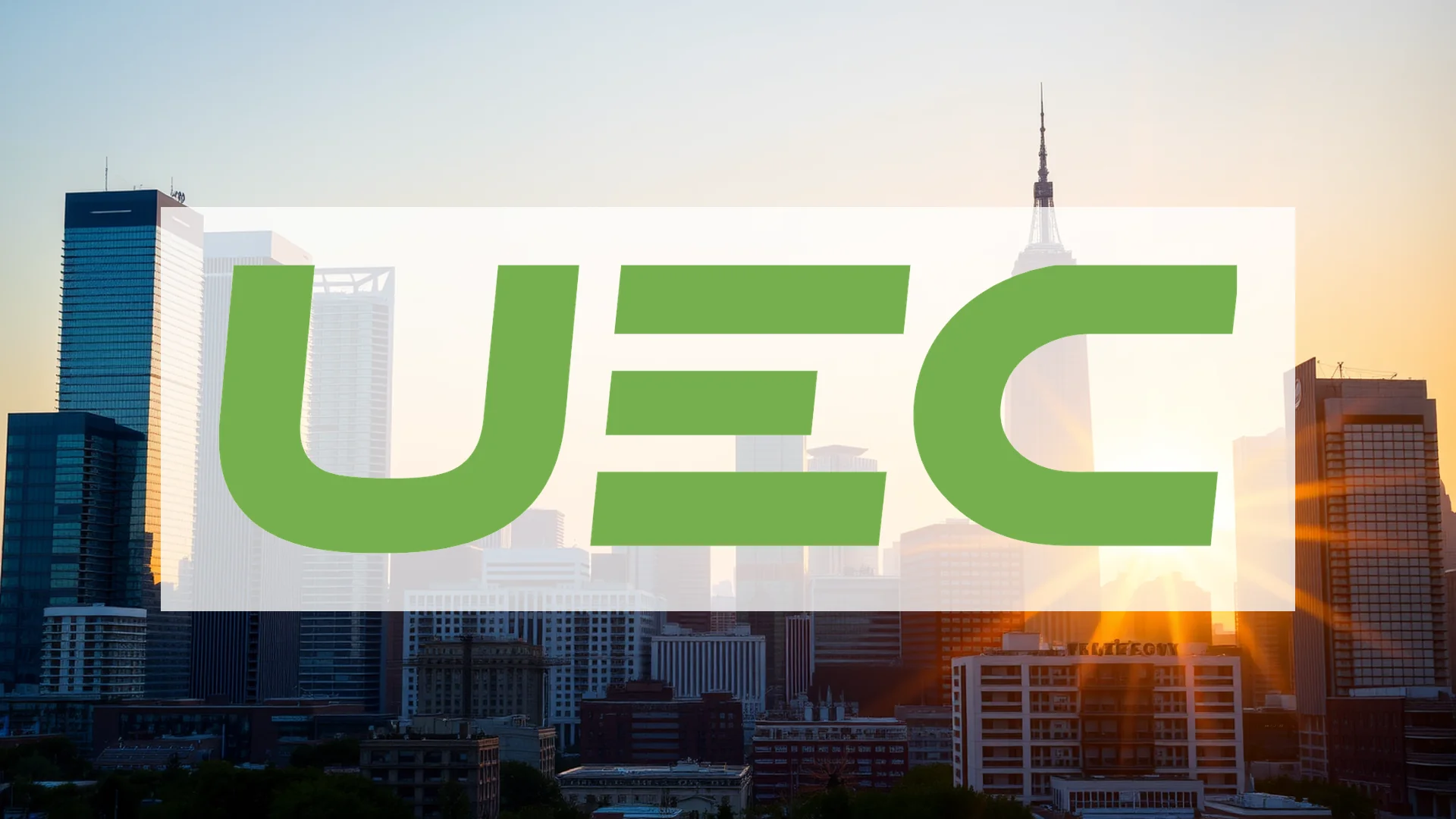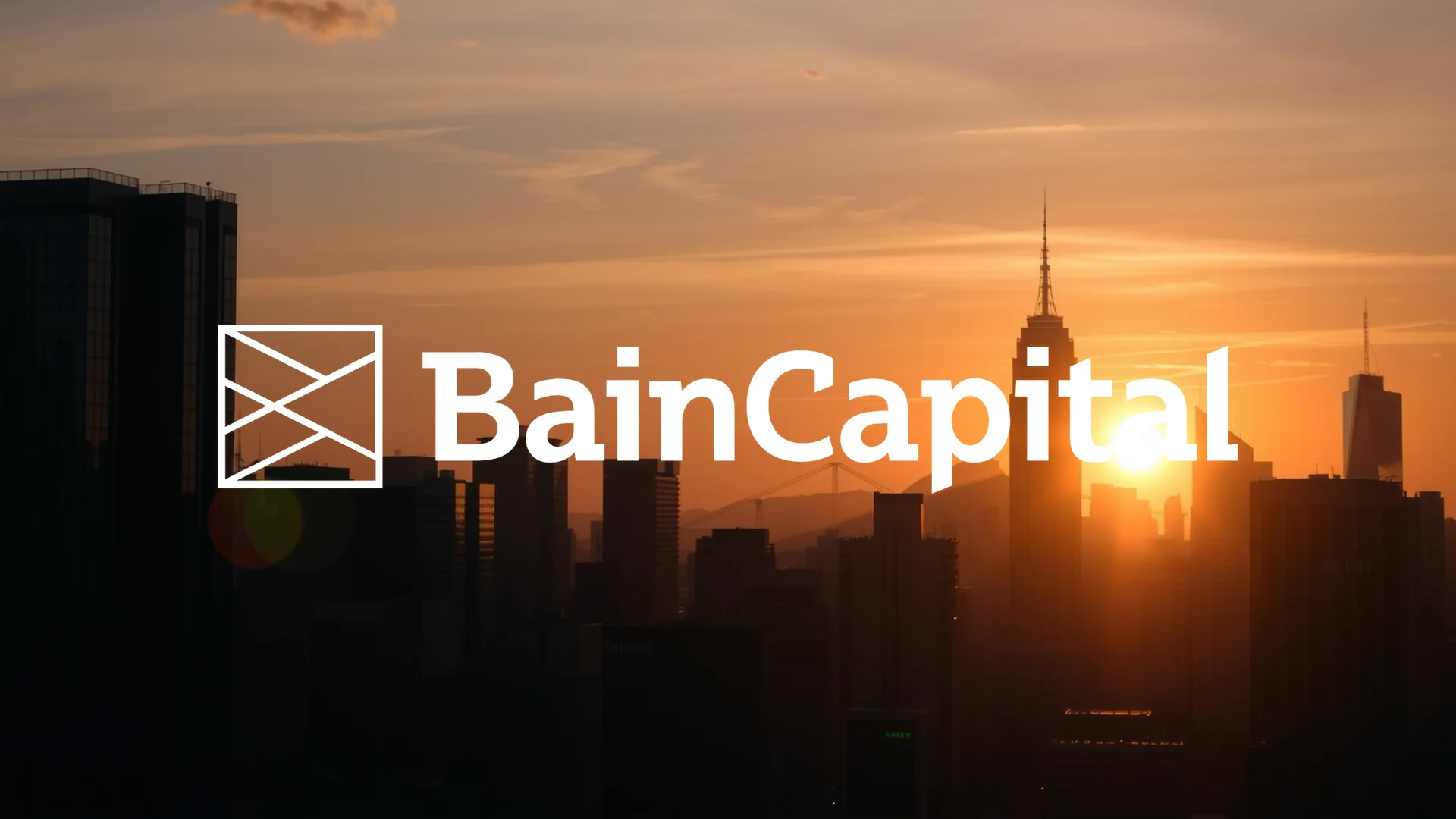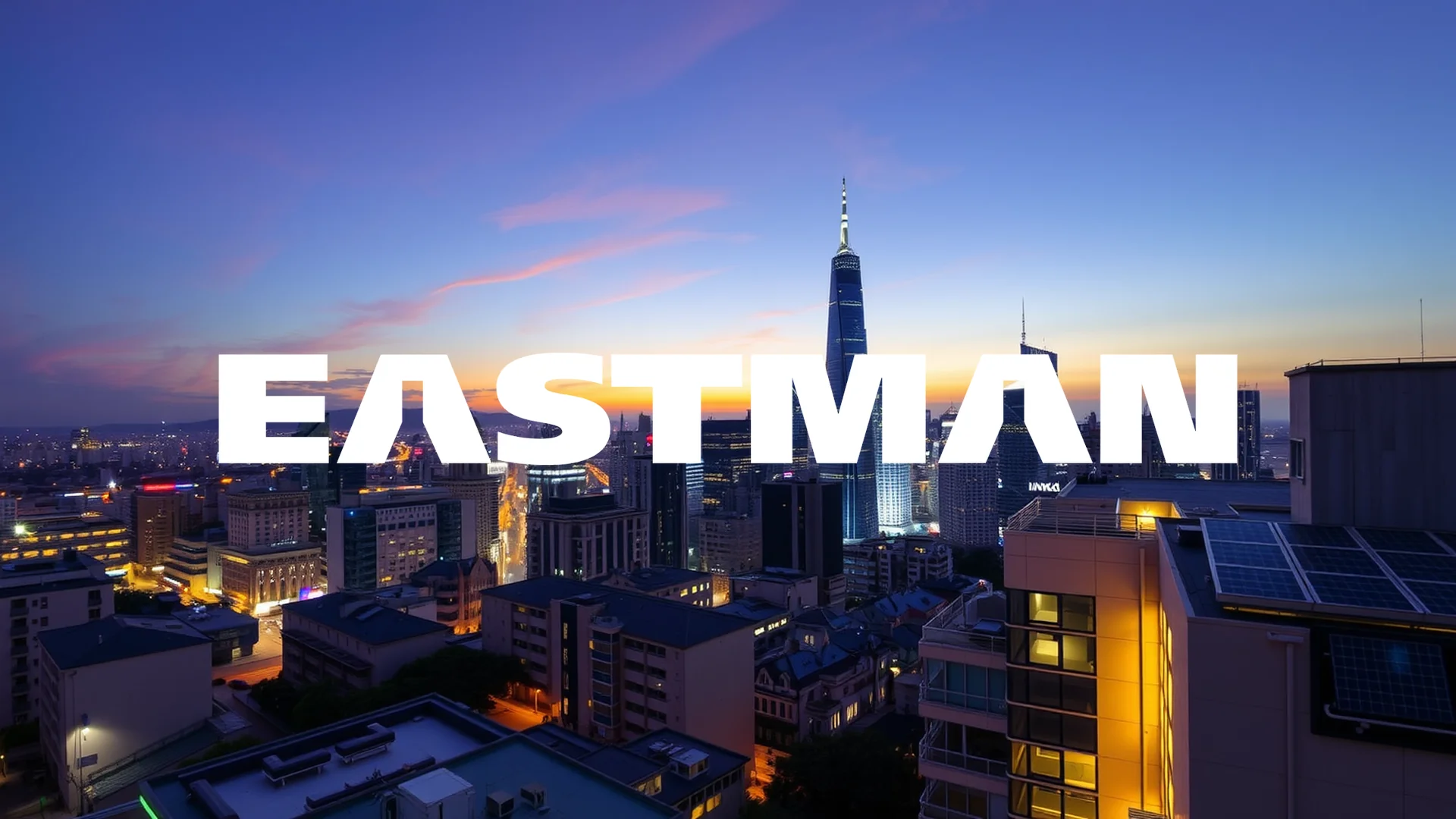While technology stocks face volatility, Tesla has secured a critical regulatory victory that advances its autonomous driving ambitions. The electric vehicle innovator obtained official permission to launch commercial robotaxi services across Arizona, marking a strategic milestone. However, market participants question whether this development can reverse the stock’s persistent downward trajectory.
Financial Performance: A Mixed Picture
Tesla’s most recent quarterly results reveal both strengths and challenges in its operational framework. The company reported record vehicle deliveries of 497,099 units during the third quarter, accompanied by revenue surging to $28.1 billion, substantially exceeding market projections.
The energy division demonstrated particularly robust growth, expanding 44% to reach $3.42 billion in revenue. Despite these positive indicators, profitability metrics showed concerning trends. Net income contracted by 37%, while operating margins nearly halved to approximately 6%, creating headwinds for the stock’s performance.
Regulatory Breakthrough in Autonomous Driving
Arizona’s transportation authorities granted Tesla the necessary commercial license on November 17, authorizing the company to operate paid robotaxi services statewide. This regulatory clearance represents the final administrative hurdle before commencing commercial operations, with initial focus on the Phoenix metropolitan region.
Although safety drivers remain mandatory for now, the authorization to charge for autonomous rides establishes a foundation for Tesla’s expansion strategy. Company plans indicate intentions to extend the robotaxi service to 8-10 additional metropolitan markets by year-end, including Nevada and Florida. More significantly, select areas of Austin may witness completely driverless operations as early as 2025.
Should investors sell immediately? Or is it worth buying Tesla?
Analyst Perspectives and Price Targets
Financial institution Stifel has responded to these developments with increased optimism, substantially raising its price target from $483 to $508 per share. This adjustment implies potential upside of 26% from current trading levels. Analyst Stephen Gengaro attributes this positive reassessment to accelerated progress in Tesla’s full self-driving technology and concrete management plans for autonomous ride-hailing services.
The investment community remains divided in its assessment, however. Among 55 financial firms monitoring the stock, only 25 currently recommend purchasing shares, while 11 advise selling. The company’s energy business now contributes 12% of total revenue, providing some diversification, though adoption of the Full Self-Driving technology remains limited at approximately 12% penetration across Tesla’s vehicle fleet.
Competitive Landscape and Market Challenges
Tesla’s entry into Arizona’s autonomous vehicle market places it in direct competition with Waymo, which has operated commercial robotaxis in the region since 2018. While the regulatory achievement supports Tesla’s long-term strategic direction, the crucial test remains whether the company can eventually eliminate safety drivers, thereby dramatically improving the profitability of its autonomous fleet.
The stock continues to search for stability, having declined nearly 10% over the past month and trading 24% below its annual peak. This raises the essential question for investors: does the recent price weakness represent a buying opportunity in next-generation transportation, or merely signal further potential declines ahead? The controversy surrounding Elon Musk’s compensation package in November contributed to approximately 10% in share value erosion, compounding existing margin pressures.
Ad
Tesla Stock: Buy or Sell?! New Tesla Analysis from November 19 delivers the answer:
The latest Tesla figures speak for themselves: Urgent action needed for Tesla investors. Is it worth buying or should you sell? Find out what to do now in the current free analysis from November 19.
Tesla: Buy or sell? Read more here...

